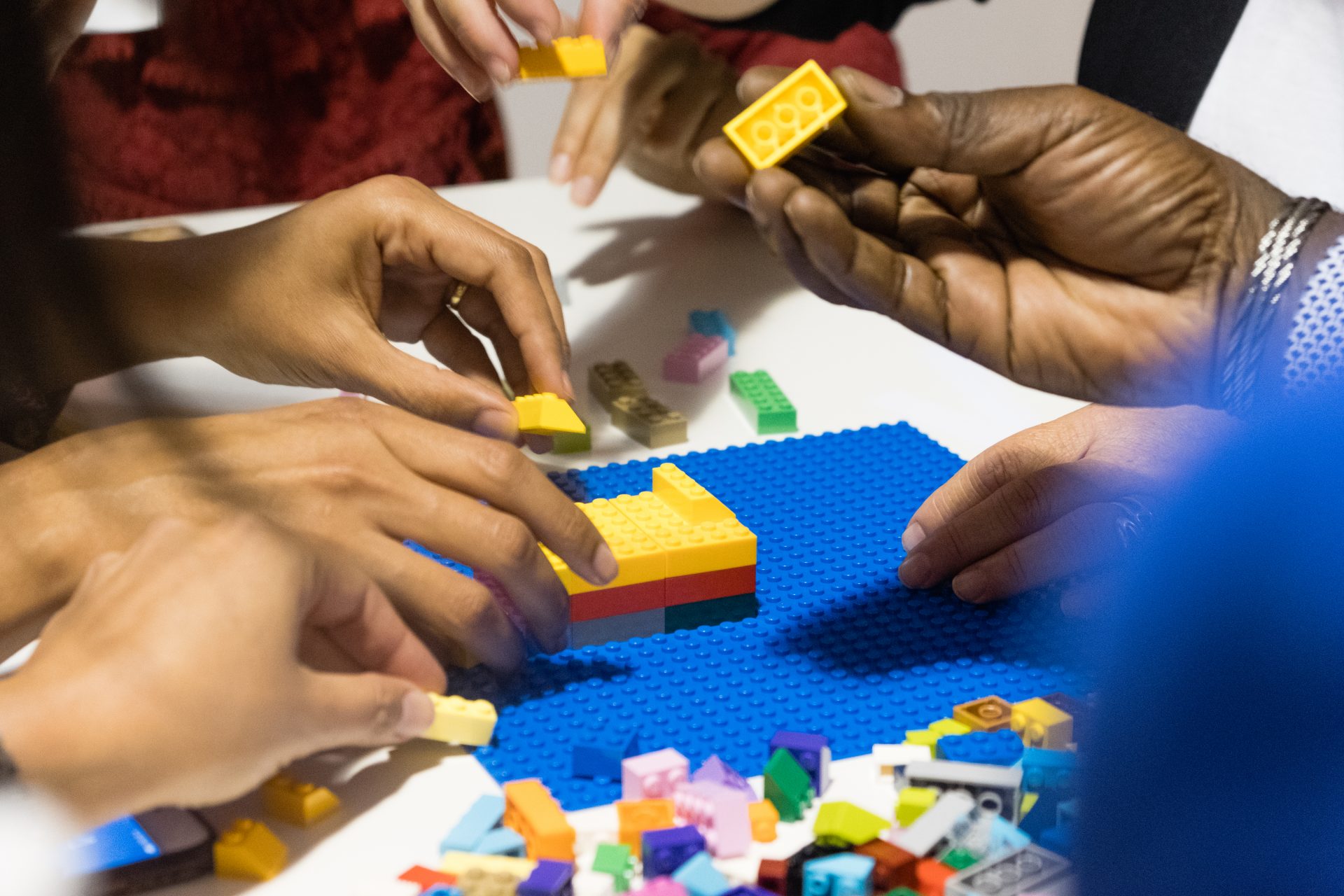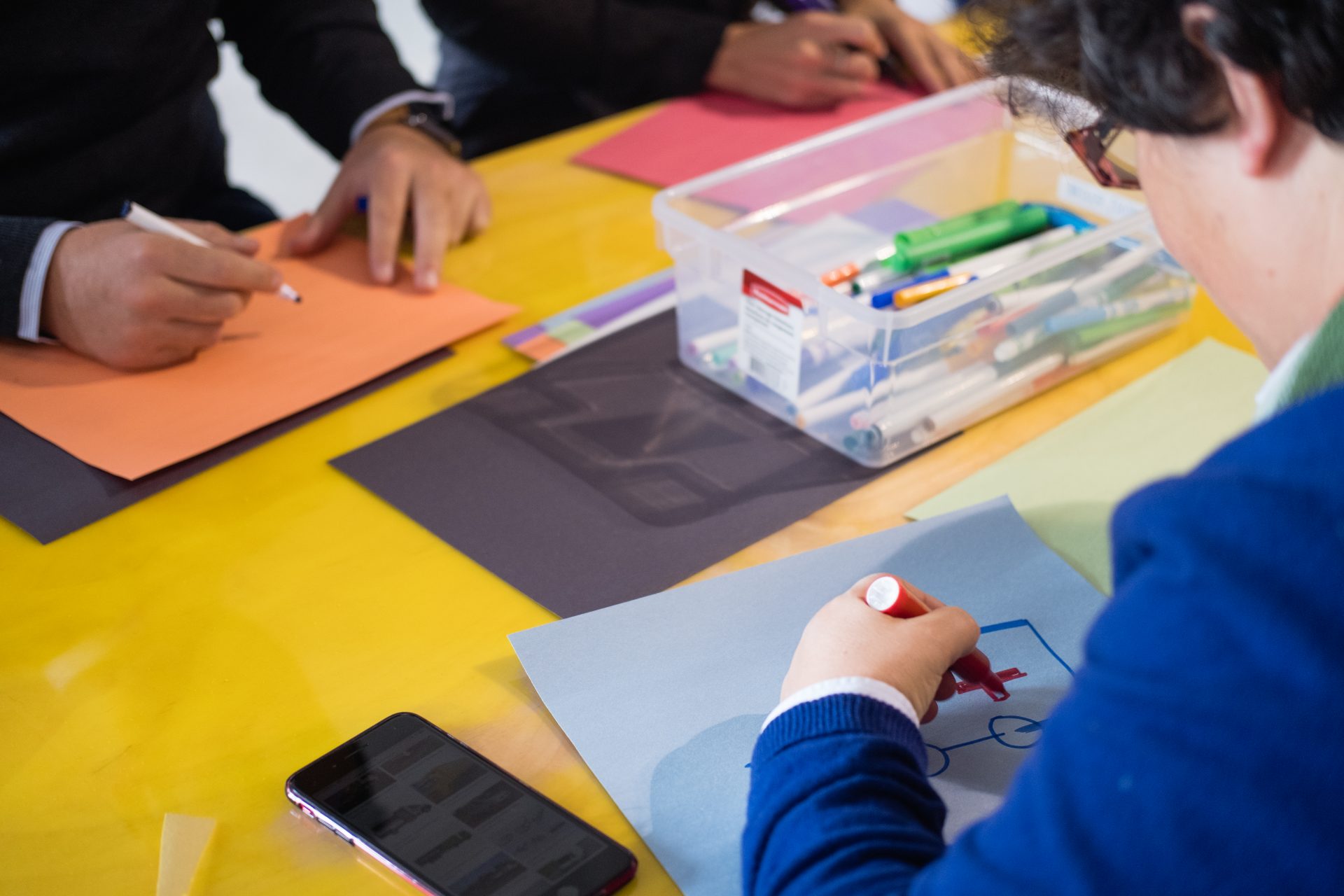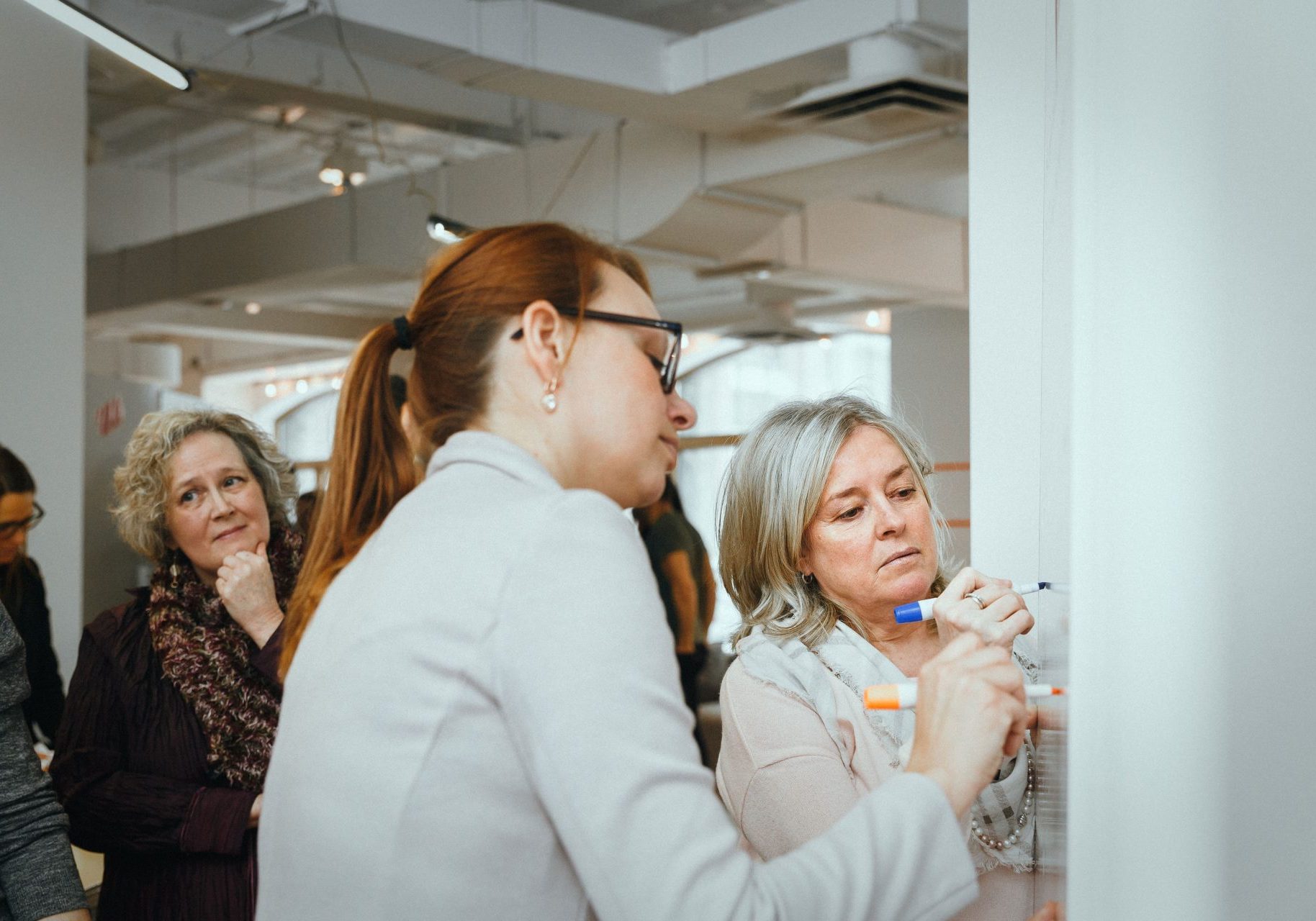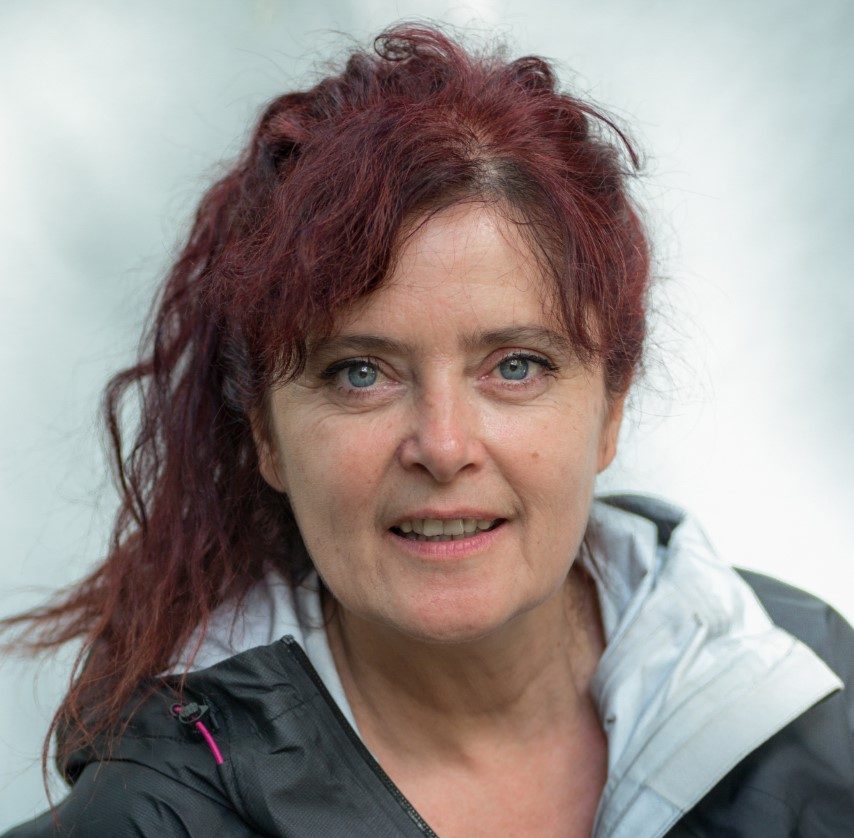The Office of the Commissioner of Official Languages (OCOL) used Factry’s training on the art of communication last winter. This was a way for the organization to inject more creativity into its communications team. Sylvie Marleau, Production and Creative Services Manager, tells us more.
Please note that this article is translated from the original French version.
Why did you choose Factry and its tailored training?
We were looking for a way to re-motivate our troops, to invite our employees to approach situations in a creative way. Our team is made up of about 20 strategic communication and public affairs consultants, social media and web specialists, video and graphic designers, and language services. We wanted to stimulate their creativity for the upcoming development of new tools and innovative promotional campaigns to promote the importance of the country’s two official languages.
We also wanted to take advantage of these two half-days to do some team building, as several employees had recently joined the team. The training allowed them to interact with each other during this period when it is more difficult to meet.

How did you “learn” to develop these new tools?
We went through several workshops and practical exercises. One of the most striking was the use of an interactive board on which everyone had to write down what they had in common with their colleagues, as well as their strengths and weaknesses. We were able to see what kind of team we were and measure the ingredients of our creativity in a non-judgmental space.
Another exercise made us aware of our personality traits by naming them with a word starting with the first letter of our first name. It forced us to be creative, to think outside the box. It opened the door to things we wouldn’t have thought of.
What are the impacts of this experience today?
The impacts are felt in all areas of our organization: internal management, administration, procedures and public communications. Our way of brainstorming, among others, has changed. We have a better grasp of the steps in the creative process and we are better able to trust time.
It’s still a little early to measure all the long-term effects, but the training has clearly led us to realize that we are caring and committed people. This came up again and again. During the workshops, we took care of each other. We felt an openness, a real listening. I didn’t expect it to go this far. We differentiate ourselves by a collective kindness.

Kindness is a personal, almost emotional, thing. Has this feeling been maintained among employees after the training?
Yes, since then, this personal bonding has continued within the team. What stands out is that people feel comfortable sharing their ideas, they are no longer afraid of feeling judged. They know that’s where creativity comes from. Thomas Leblanc, the facilitator, helped us understand that chaos is part of the creative process, that one idea leads to another, and others. Thanks to the workshops, we understand that sharing all ideas is essential and allows us to go further.
Would you say that you have opened up a space for freedom of speech and thought?
Exactly. We have developed a more natural way of exchanging ideas, of taking care of ourselves and others, and of making the necessary headspace to be more creative.
We would like to put creativity at the heart of our team meetings by planning more brainstorming sessions and by sharing the innovations we have implemented to improve some of our procedures. We believe that the sharing of these best practices will continue to inspire our colleagues and will help to keep alive the team spirit and creativity that Factry’s training has fostered.
More concrete projects will take shape in the weeks and months to come. Among other things, we plan to present our annual report in a more visual, creative way. We are currently working on this; you will be able to see the results this summer.
How well did participants experience the virtual training format?
I wonder if it wasn’t even better than face-to-face. You could see the expressions on each employee’s face. It also allowed us to work with innovative technological tools, like Miro, a remote collaboration platform. Thomas’ facilitation was exceptional. It was like a private conversation.
My manager said she was so impressed with the format and its results that she was going to recommend the training to other CLO teams.

